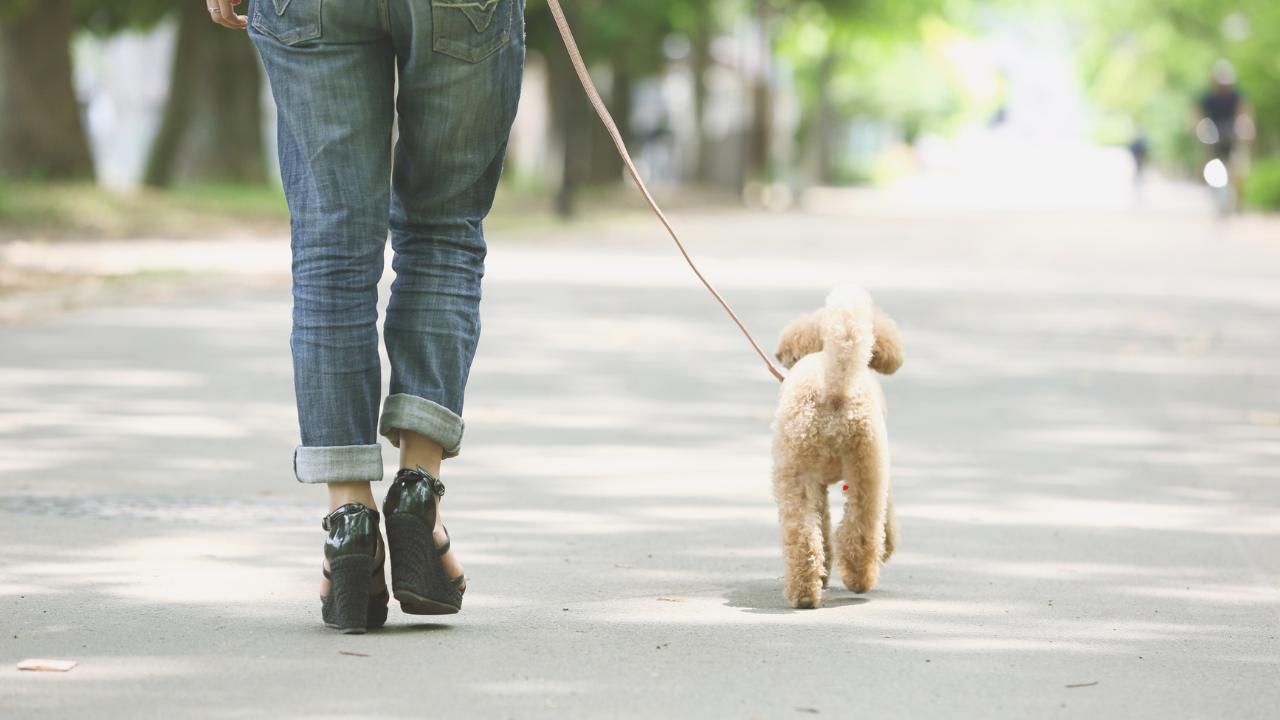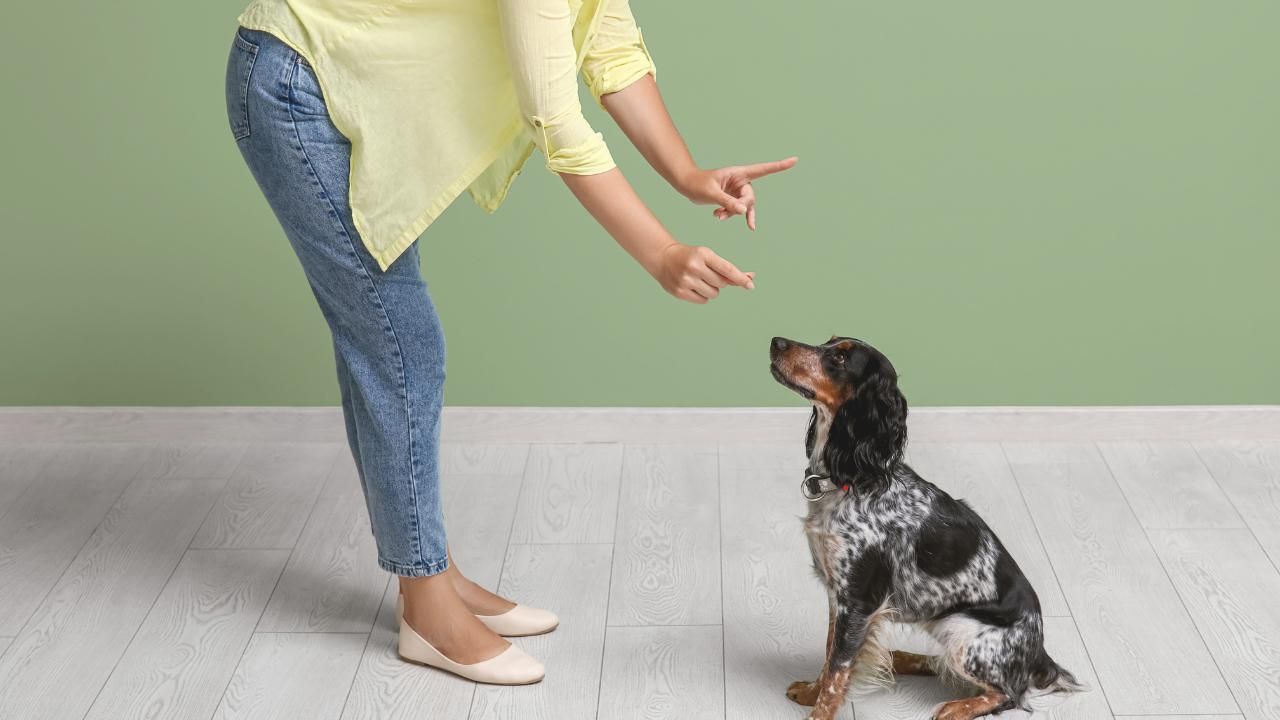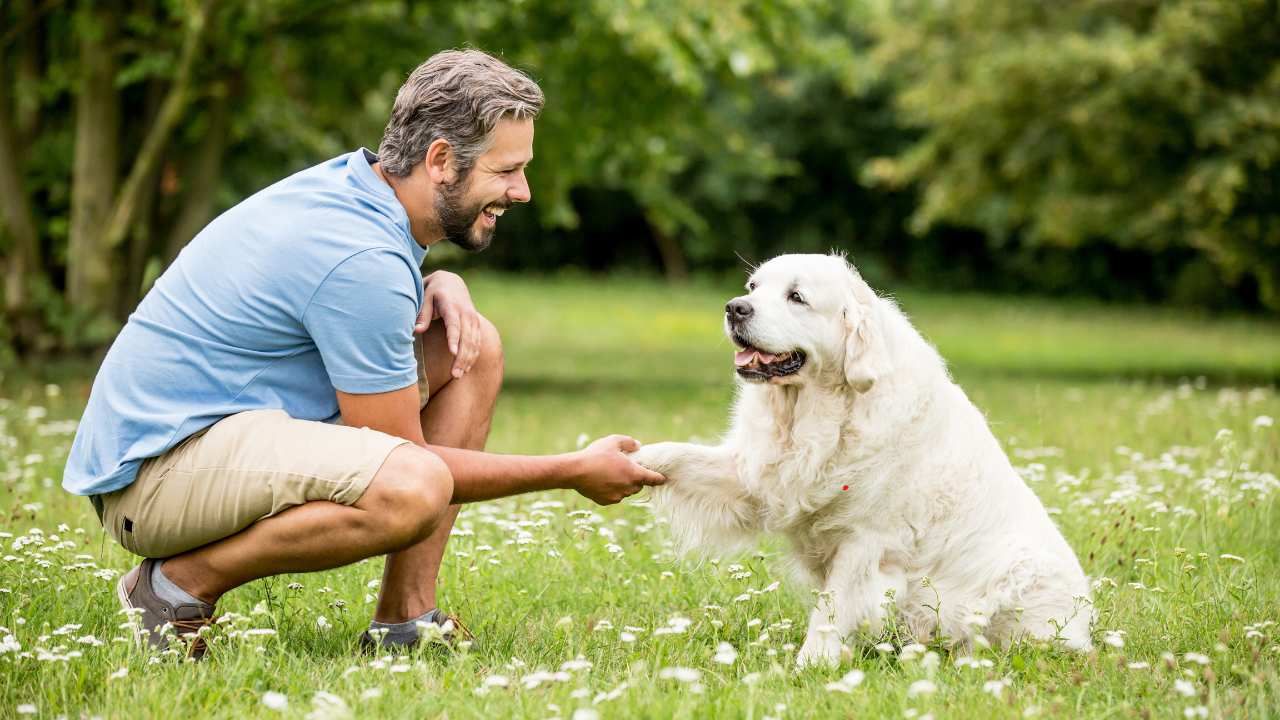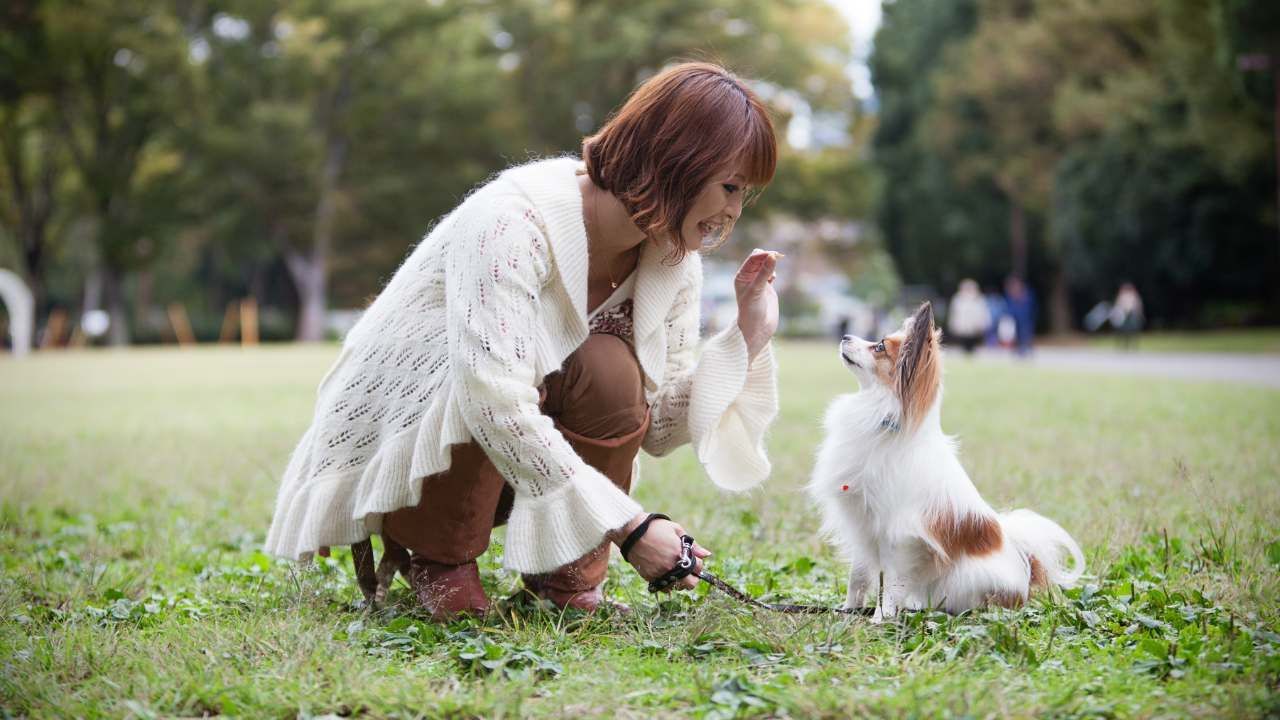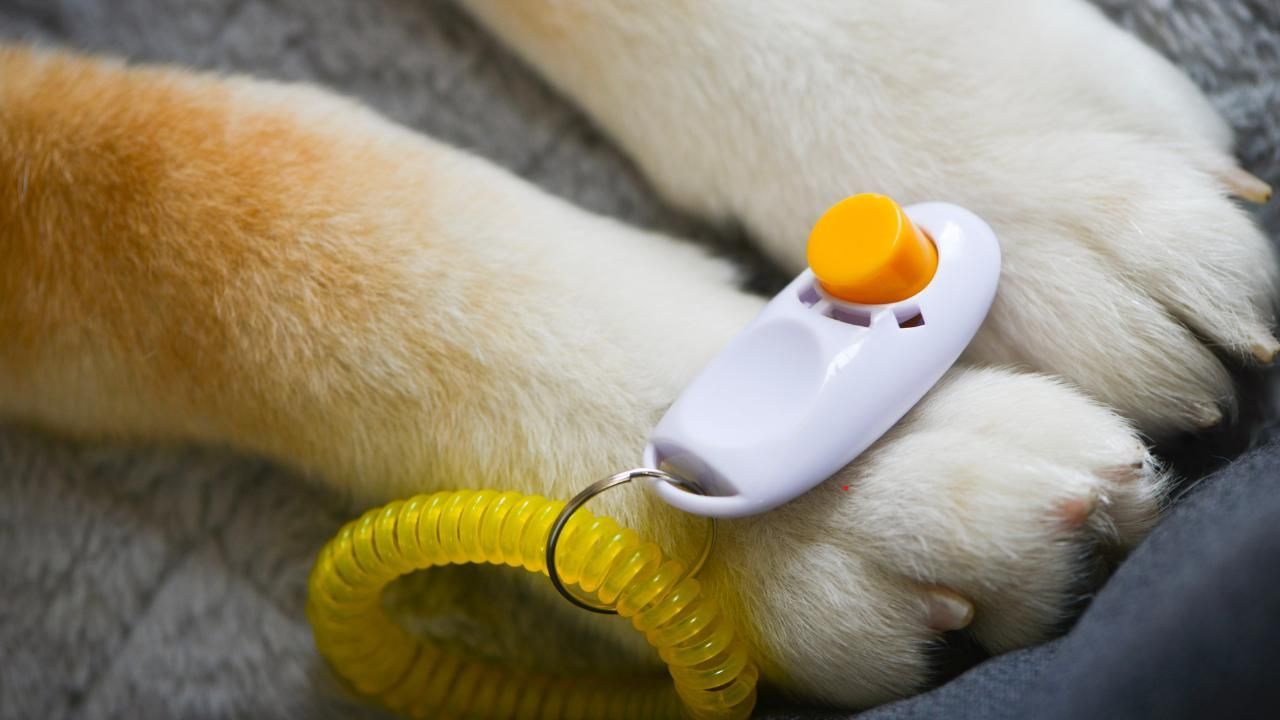How to Introduce a New Puppy to Other Pets

Bringing home a new puppy is pure joy—until your resident pet gives you the look. You know the one: part curiosity, part suspicion, part “what is this tiny ball of fluff doing in my house?” If you're introducing a new pup to the pack, a smooth transition is key to keeping the peace.
In this post, we’ll walk you through a few tried-and-true steps to introduce your new puppy to other pets. Whether you have another dog, a sassy cat, or a house rabbit who thinks he’s in charge, these tips will help ease tensions and build the foundation for lifelong friendships.
Start With a Neutral Meeting Spot
The first impression matters—especially when it comes to animals and territory. If possible, arrange the first meeting in a neutral area:
- A quiet park
- A neighbor’s backyard
- Even a sidewalk a few blocks away from home
This takes the edge off any territorial behavior from your current pet. Keep both animals on a leash (or in a carrier for cats) and let them sniff from a respectful distance. Watch their body language closely. Tail wagging and relaxed ears? Great. Stiff posture or growling? Time to back off and try again later.
Go Slow and Supervised Indoors
Once they’ve sniffed out the basics in a neutral area, it's time to bring the new puppy home—but don’t rush full-on introductions indoors. Start with short, supervised visits:
- Use baby gates to separate rooms while allowing visual contact.
- Feed them in separate bowls and areas to avoid food-related tension.
- Offer treats when they display calm or curious behavior toward each other.
Over a few days (or even weeks), increase the time they spend together, always under supervision. You’re building trust—and setting boundaries.
Match Their Energy Levels
Puppies have endless energy and zero understanding of personal space. Older pets? Not so much. To avoid overwhelm:
- Give your older pet a break by setting up a puppy-free zone they can escape to.
- Schedule separate playtime for the puppy so they burn off energy before interactions.
- Gradually teach the puppy to respect your other pet’s signals—growls, hisses, or walks away are all “no thank you” signs.
This is especially important when introducing playful breeds like golden doodles to more reserved animals.
Maintain Routine and Attention
Your current pet may feel a bit displaced by the newcomer. Counter this by keeping their routine as normal as possible:
- Stick to regular feeding, walks, and cuddle time.
- Give your older pet solo time with you each day.
- Use the same bed, crate, or toys they’re used to (don’t let the puppy steal them!).
This reassures them that they’re still loved, safe, and secure.
A Quick Case Study: Max Meets Luna
When Sarah from Mesa, Arizona brought home her golden doodle puppy, Luna, from a local pet breeder, she was worried about her 8-year-old cat, Max. At first, Max stayed hidden under the bed. Following expert advice, Sarah kept interactions short, gave Max a high-up perch to retreat to, and rewarded both pets for calm behavior. Within two weeks, Luna and Max were playing chase (on Max’s terms!) and napping on the same couch.
Final Thoughts
Introducing a new puppy to your pets takes time, patience, and plenty of treats—but the reward is a happier, more harmonious household. Every animal is different, so be flexible and let them set the pace.
If you’re searching for a friendly, family-ready pup, check out Golden Doodles for sale in Arizona through Doodling Pups, LLC. Our current litters are well-socialized, making the transition into multi-pet homes smoother for everyone involved. Contact us to learn more!

